Many big American cities are having to make changes to accommodate migrants moving into their cities as more people are crossing the Mexican border into the United States than ever before in recent history.
While some cities are struggling to accommodate them, one city is happy to receive these migrants. The city of Topeka in Kansas is offering to pay migrants up to $15,000 to come live with them.
Migrant Crisis at the Border
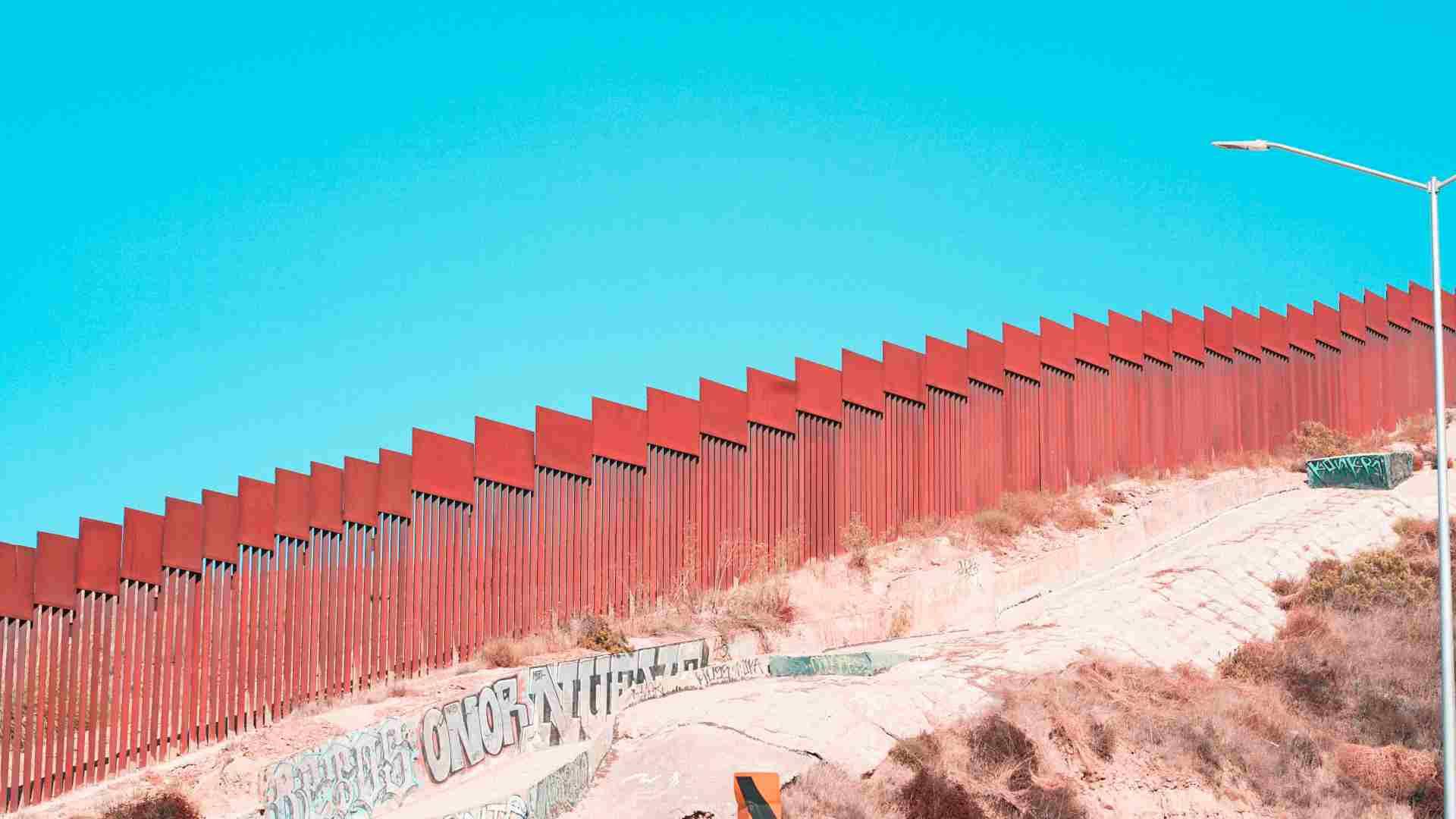
In December, CNN reported that migrants crossing the southern border had reached a fever pitch. Borders crossings in December reached the highest point in nearly 20 years.
Over 225,000 migrants crossed the southern border in that single month. Many commentators are referring to the excessive amount of crossing at the border as a “crisis” because of the potential to strain resources.
Topeka Is Willing to Pay
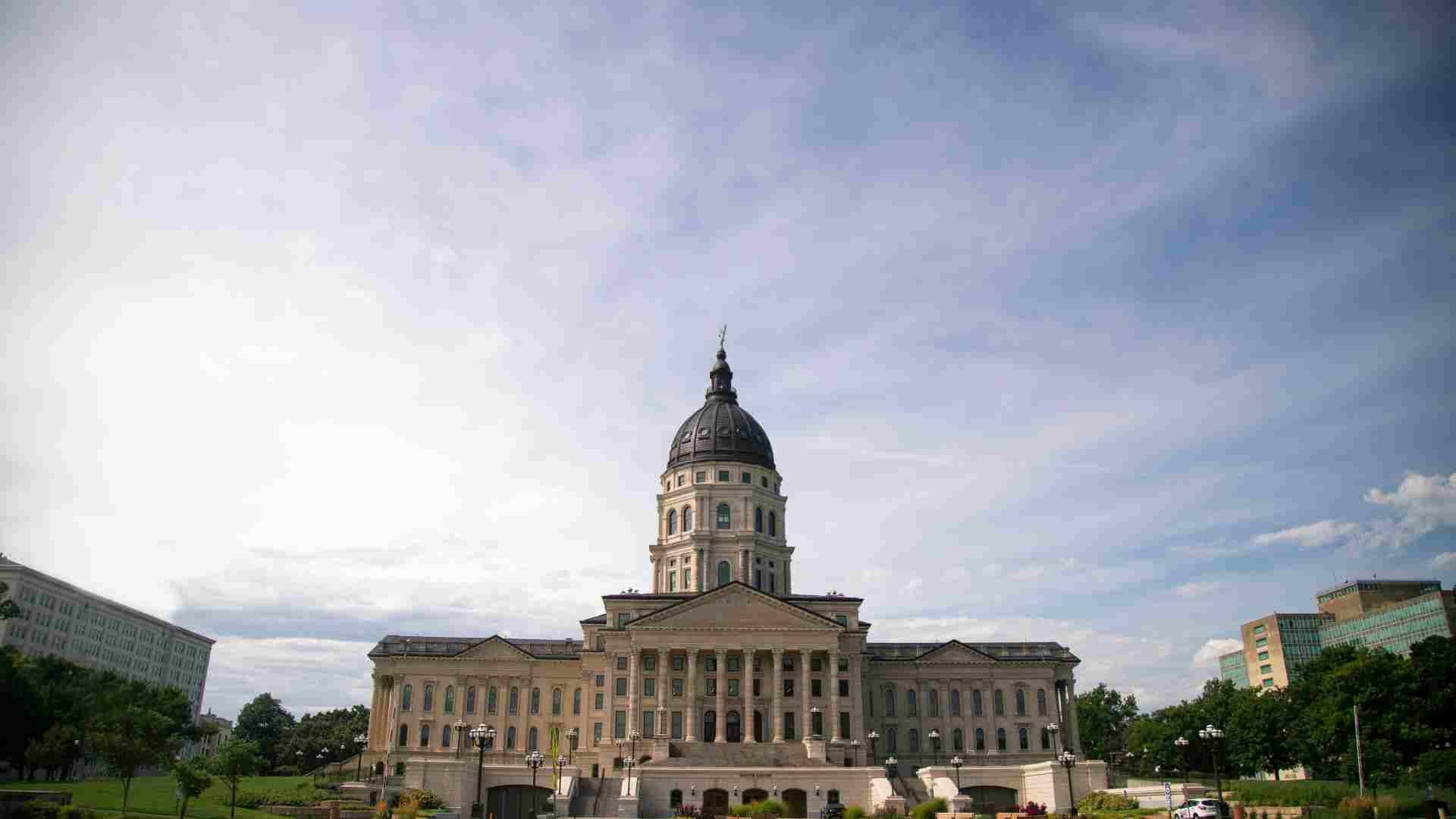
In 2019, the city of Topeka launched a program called “Choose Topeka”. As part of this program, anyone moving to the city from outside Shawnee County, where the city sits, is entitled to up to $15,000.
The program is half-paid for by the employer of the person, while the other half is funded by taxpayers residing in the city.
The City’s Hopes to Fill Vacant Jobs

Recently, the Daily Mail reported that the city of Topeka has 7,000 open jobs it needs to fill, and it’s targeting the recent string of migrants crossing into the United States to do it. Topeka boasts a growing Hispanic community, whose members makeup 17 percent of the city’s population.
Topeka is a welcome change for many cities across the country who are complaining about the influx of migrants.
Mayors Call for Action
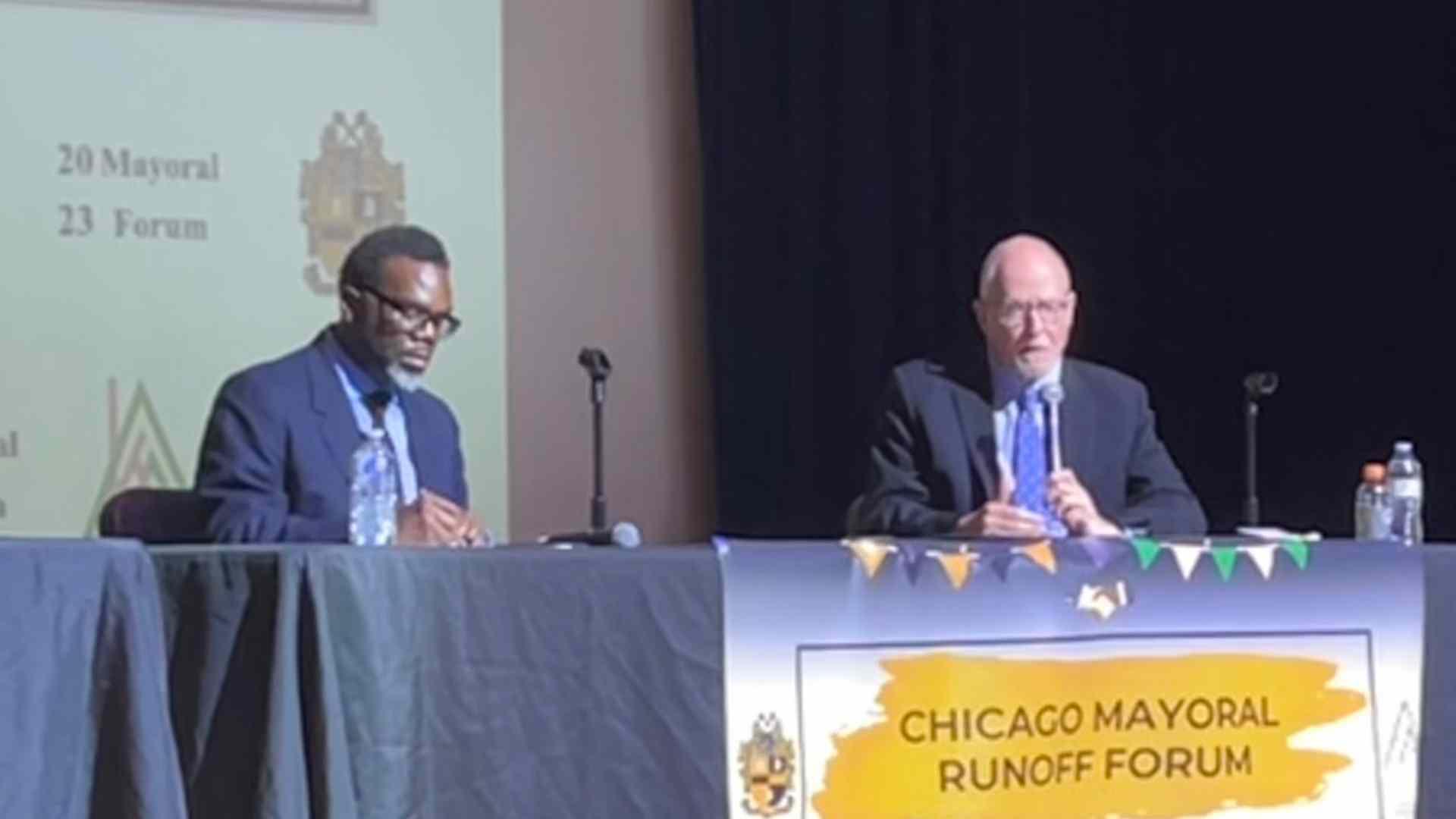
Mayors in big cities like Chicago are calling for an increase in resources to help them deal with the migrant crisis. Brandon Johnson, mayor of Chicago, told CNN that he’s worried the rapid influx is going to destroy local economies.
“The international crisis that we are experiencing right now is being subsidized by local economies,” he said. “That is not sustainable, and that’s why we need Congress to actually have appropriations to make sure that what refugees from Ukraine receive, we have to ask … why aren’t those same support services being provided for individuals who are coming from the continent of Africa and Central and South America?”
Denver and New York Mayors’ Comments
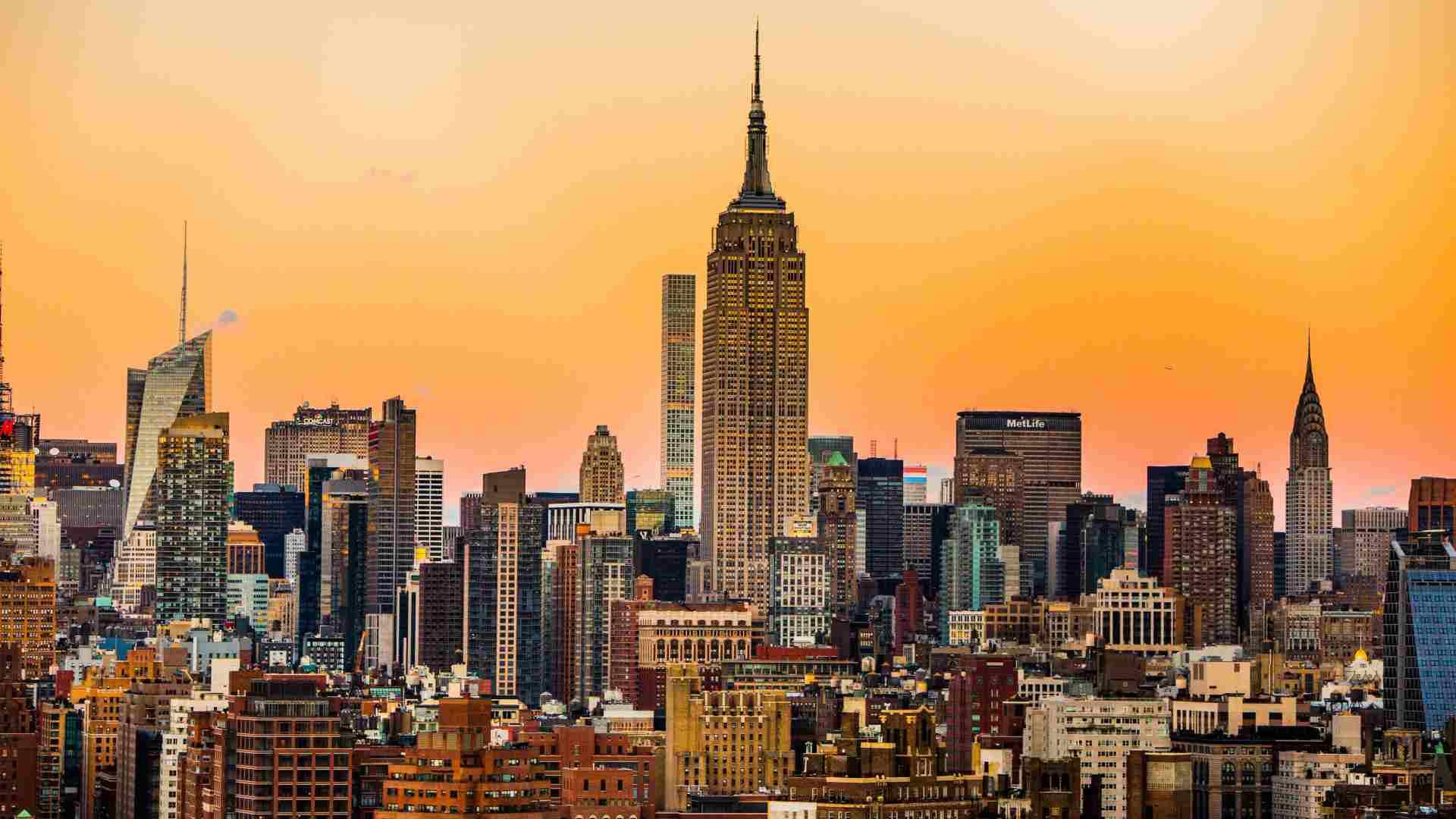
The Mayor of Denver, Mike Johnston, expressed similar comments to the Chicago mayor. He told CNN that the city will spend around 10% of its entire annual budget on just building migrant shelters and supplying aid to the influx of border crossers.
The Mayor of New York, Eric Adams, estimated that the cost to provide for the 161,00 migrants it took in to be around $12 billion in the next three years. “This national crisis is impacting – and it has the potential to destabilize – the financial obligations that we have in our cities,” Adams said.
Democrat Cities Are Speaking Up
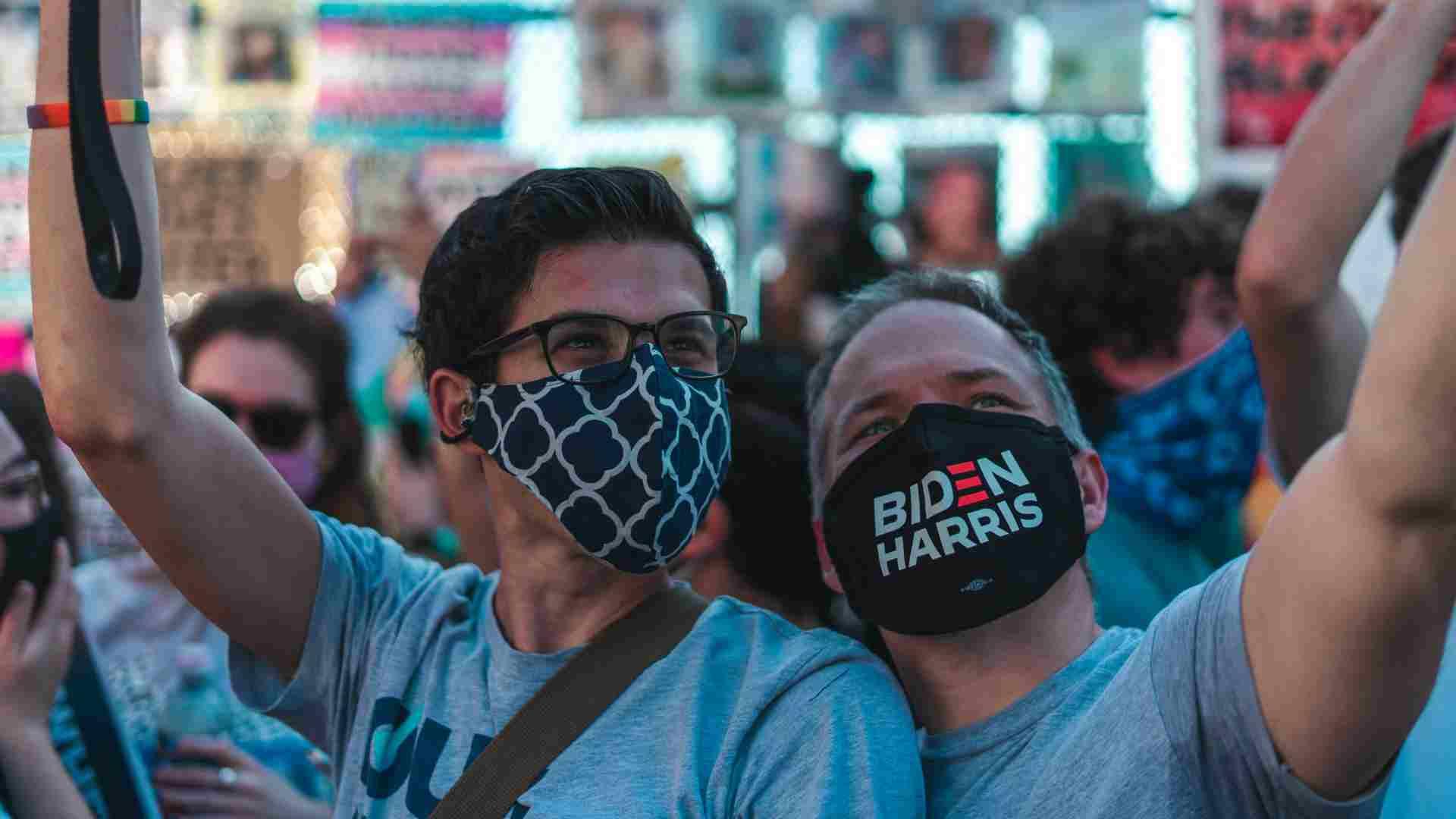
Many of the cities speaking up about the current crisis are Democrat-leaning with Democrat leaders. This is atypical, as usually one finds Republicans complaining about border crossings and migrants.
One reason for this role reversal is that Texas is actively bussing migrants away from the border and into big Democrat cities that have declared themselves “sanctuary cities.”
Topeka’s Balanced Politics
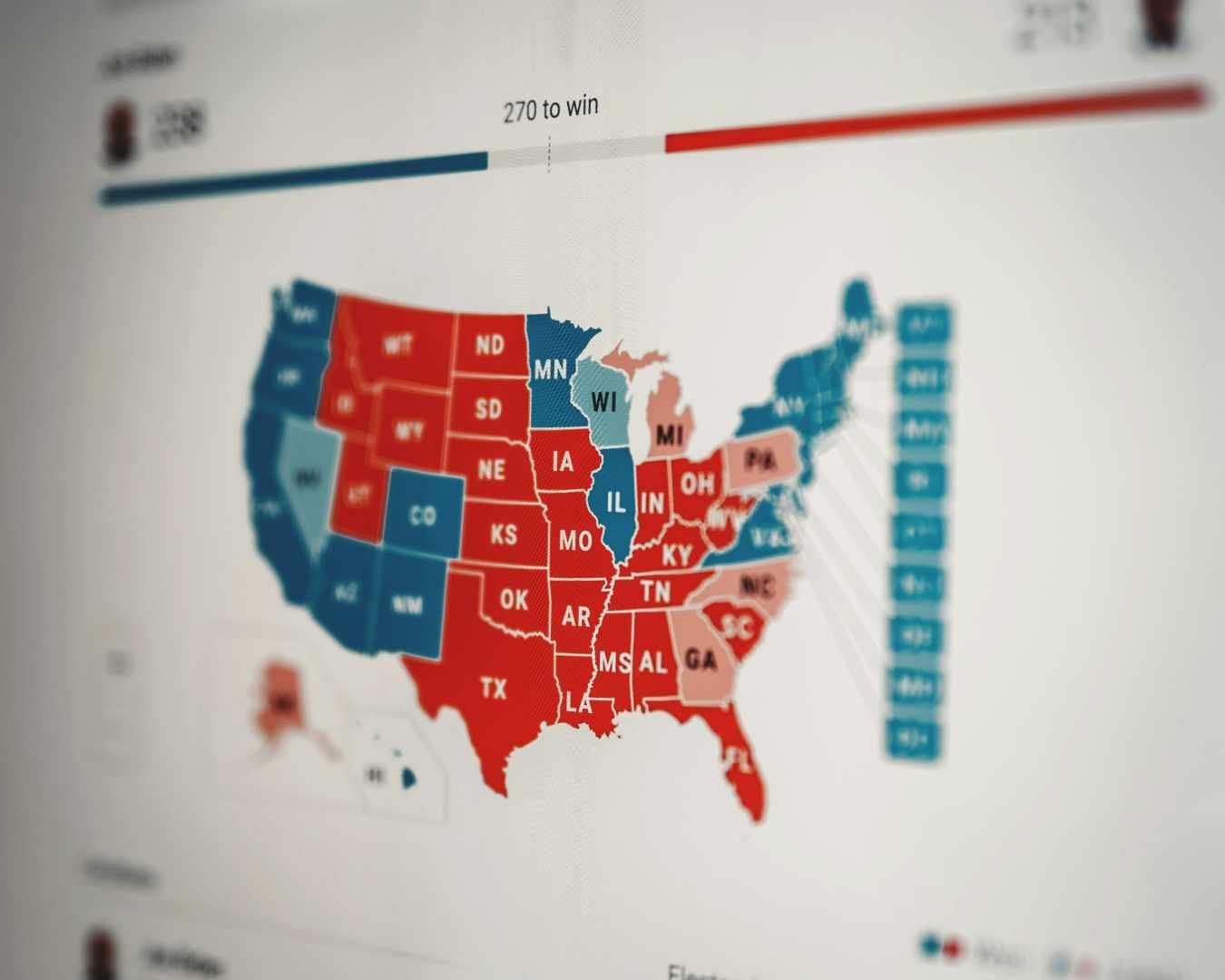
In contrast to the Republican-Democrat divide taking up much of the migrant conversation, Topeka actually has a reasonable balance of both sides. While the state of Kansas is generally right-leaning, Topeka currently has a Democrat Mayor. Mayor Michael Padilla is a moderate Democrat who is also a second-generation Mexican American.
He is optimistic about attracting migrants, saying, “The city doesn’t have the resources to build migrant shelters, but will take any new arrivals ready to work and contribute to the economy.”
Topeka Is Primed for Spanish-speaking Residents
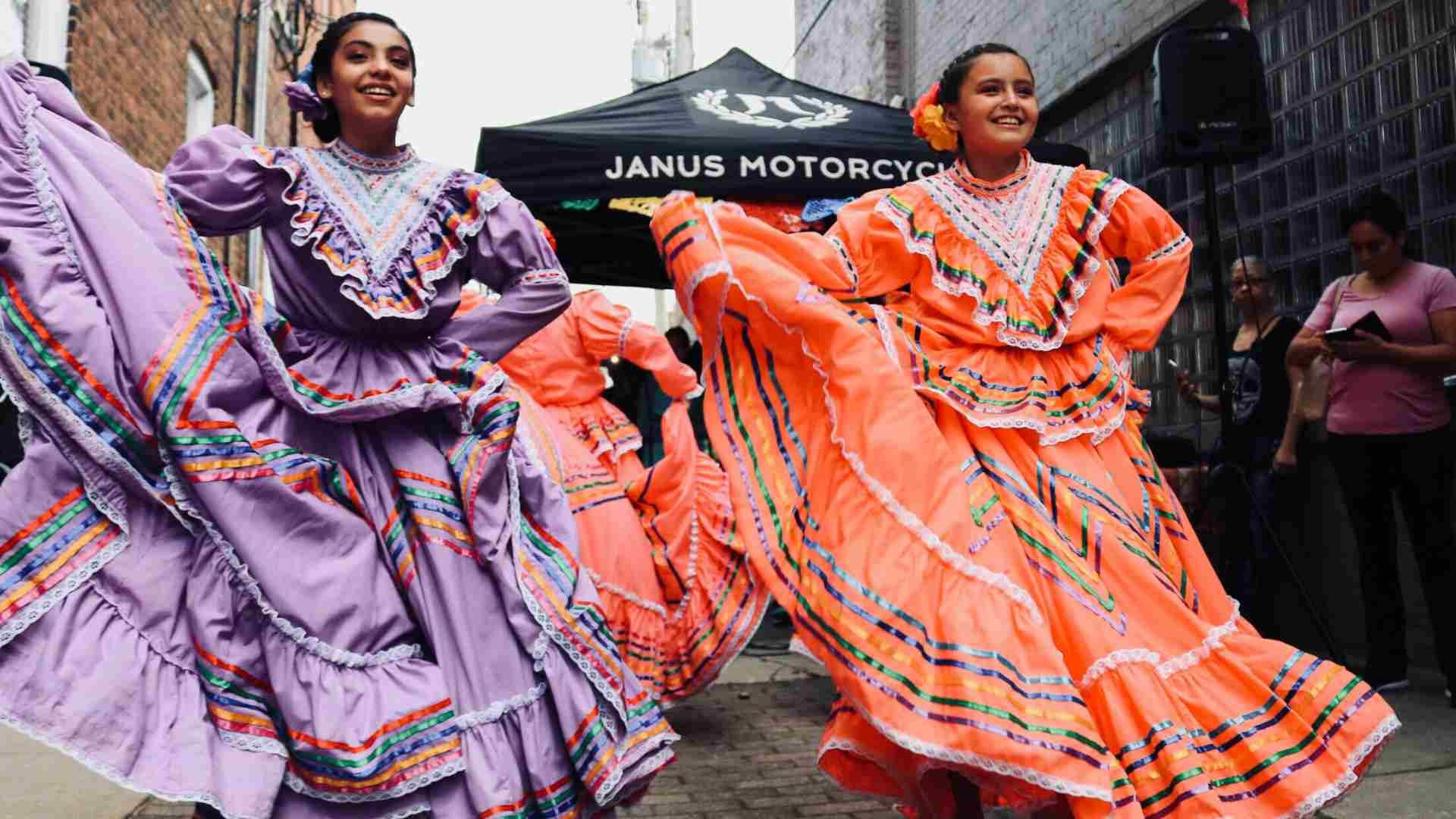
As part of the Choose Topeka program, the city spent around $50,000 to attract migrants through marketing and advertising. (via Daily Mail) Part of their efforts involved producing Spanish-language advertisements and creating an all-Spanish guidebook for the city.
These efforts have amounted to 10% of the Topeka government office tourism budget. They have also put out Spanish posts on social media platforms like Facebook to entice Spanish speakers to reach out to the city directly about opportunities.
Record Numbers of Migrant Children

One concern with the migrant crisis is that as more are crossing the southern border, they aren’t always adults. One of the complications of these border crossings is the increasing number of unaccompanied children. The United States Health and Human Services reported a 6.5% increase in the number of migrant children in their care since December 1. (via CNN).
Currently, over 11,700 migrant children are in federal custody, with no end to the crossings in sight.
Biden’s Efforts to Address the Border Crisis
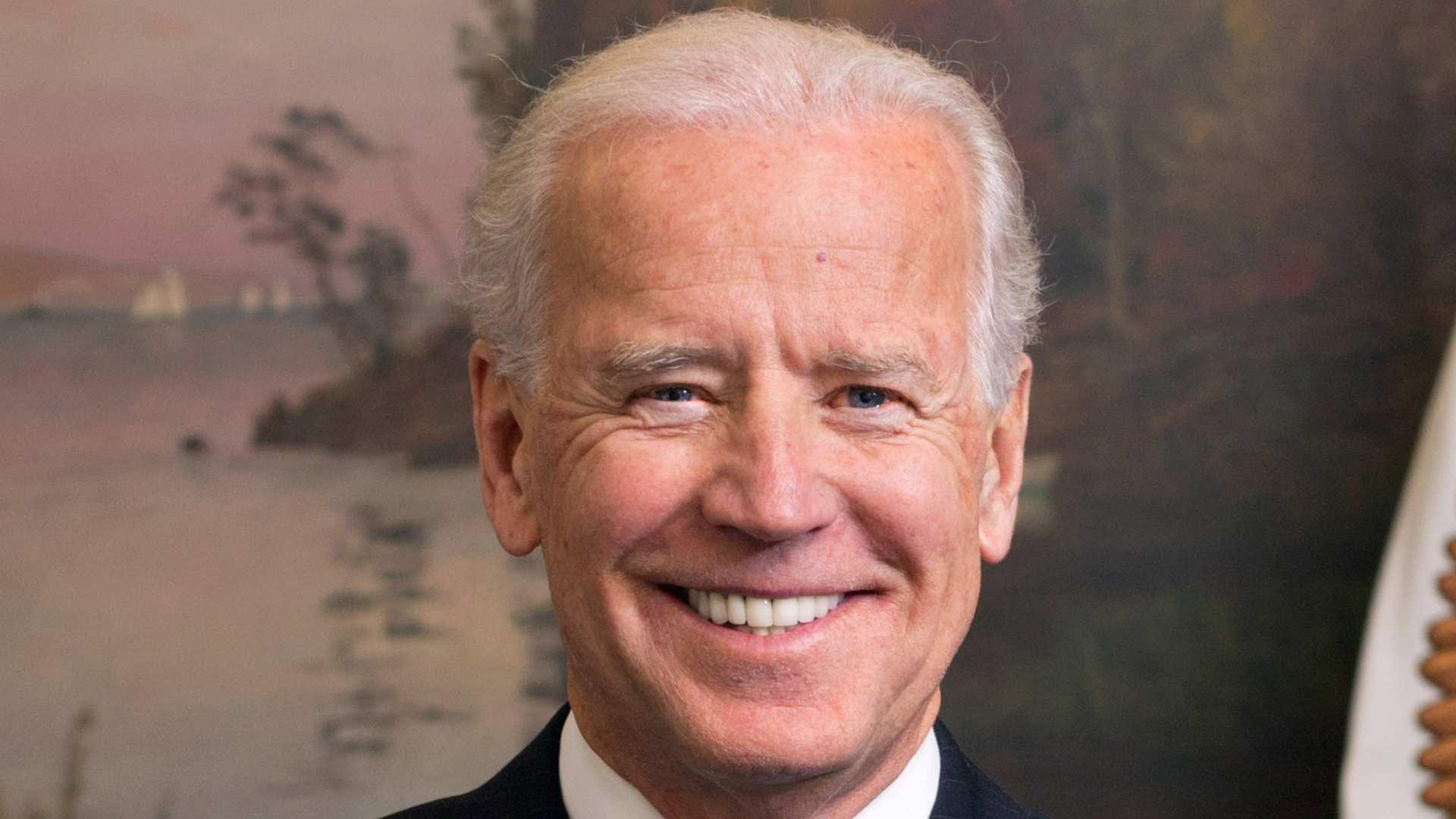
President Joe Biden has had great difficulty deciding on how to properly address to border crisis. He recently expressed optimism about an agreement between Republicans and Democrats.
“I urge Congress to come together and swiftly pass this bipartisan agreement,” he said in a statement. Biden has to strike a delicate balance to differentiate his efforts to restrict the border from his predecessor Donald Trump. This is especially pressing, given that both will be the presumptive nominees for the U.S. presidential election later this year.
How Can the Crisis Be Solved?

There seems to be no easy solution to resolving the crisis at the border. As more people cross, strains on city budgets will force either cuts to other services or a push to raise tax revenue.
And as the demand to enter the United States from countries south of the border continues, America will have to figure out how to strike a balance with this new norm.
Origins of the Migrant Crisis
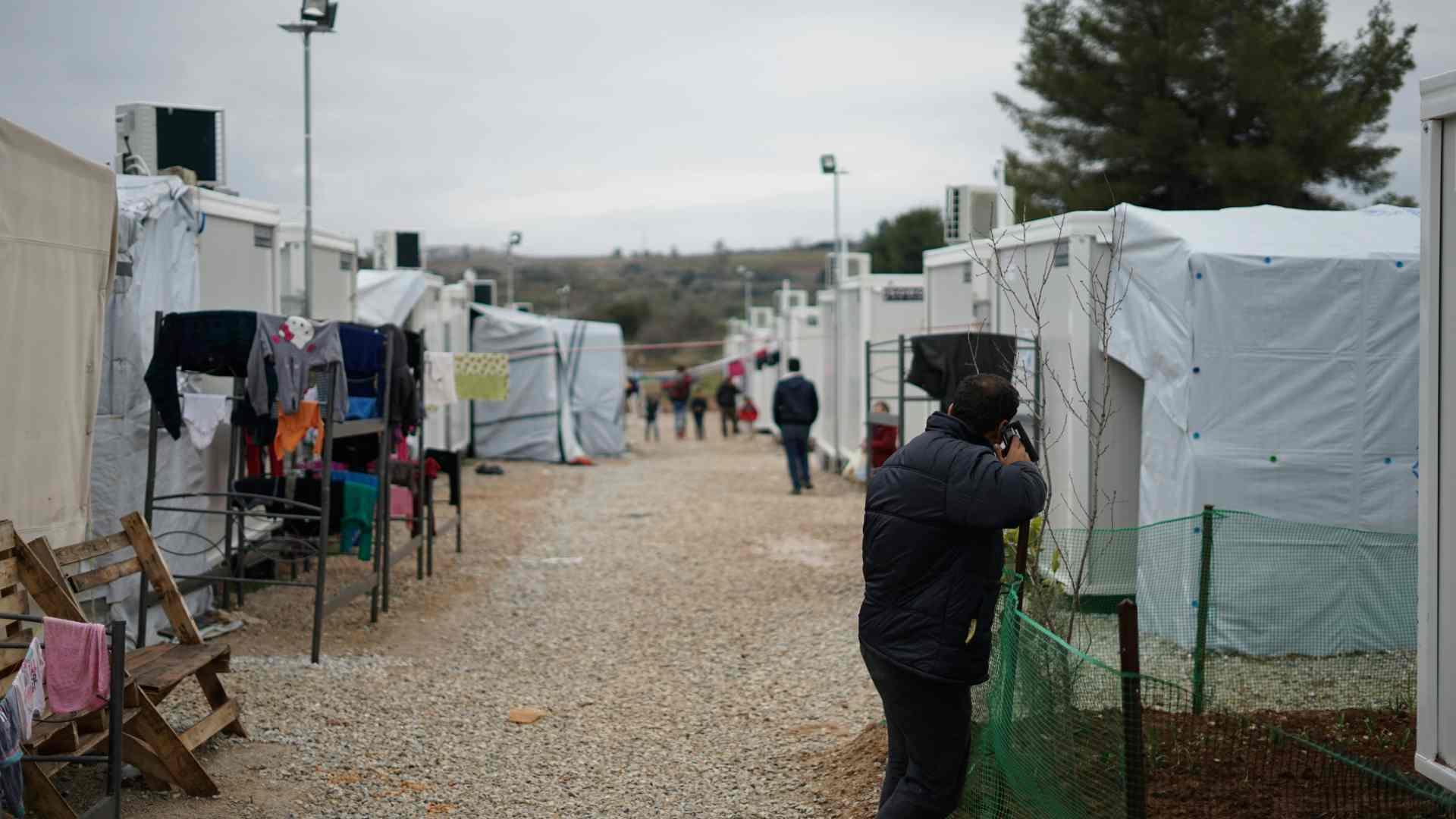
While immigration and the migrant crisis often become a political blame game, the truth is that many administrations on both sides of the political aisle have helped create the modern crisis.
According to The Nation, one of the primary motivations for refugees seeking asylum is the history of US interventionism in Central America.
Modern Origins Go Back to the 1950s
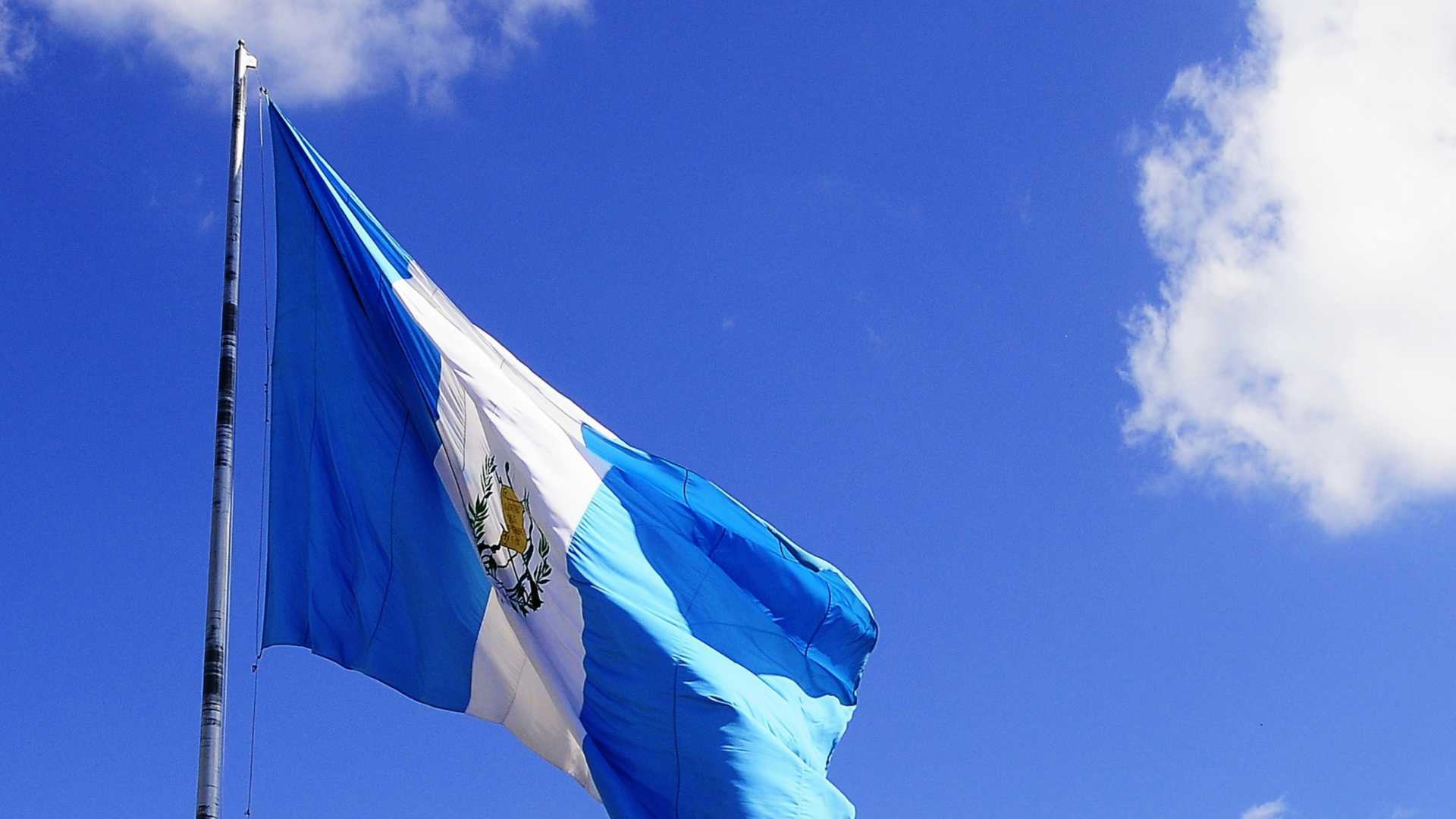
Decisions that contributed to the migrant crisis occurring at the southern border today go back to US foreign policy in the 1950s.
According to the New York Times, the CIA overthrew a Guatemalan-elected leader, which allowed the proliferation of dictatorships in the region that were also supported by the United States. Conditions in the region would further deteriorate in the future.
America’s Support for Military Regimes in Central America
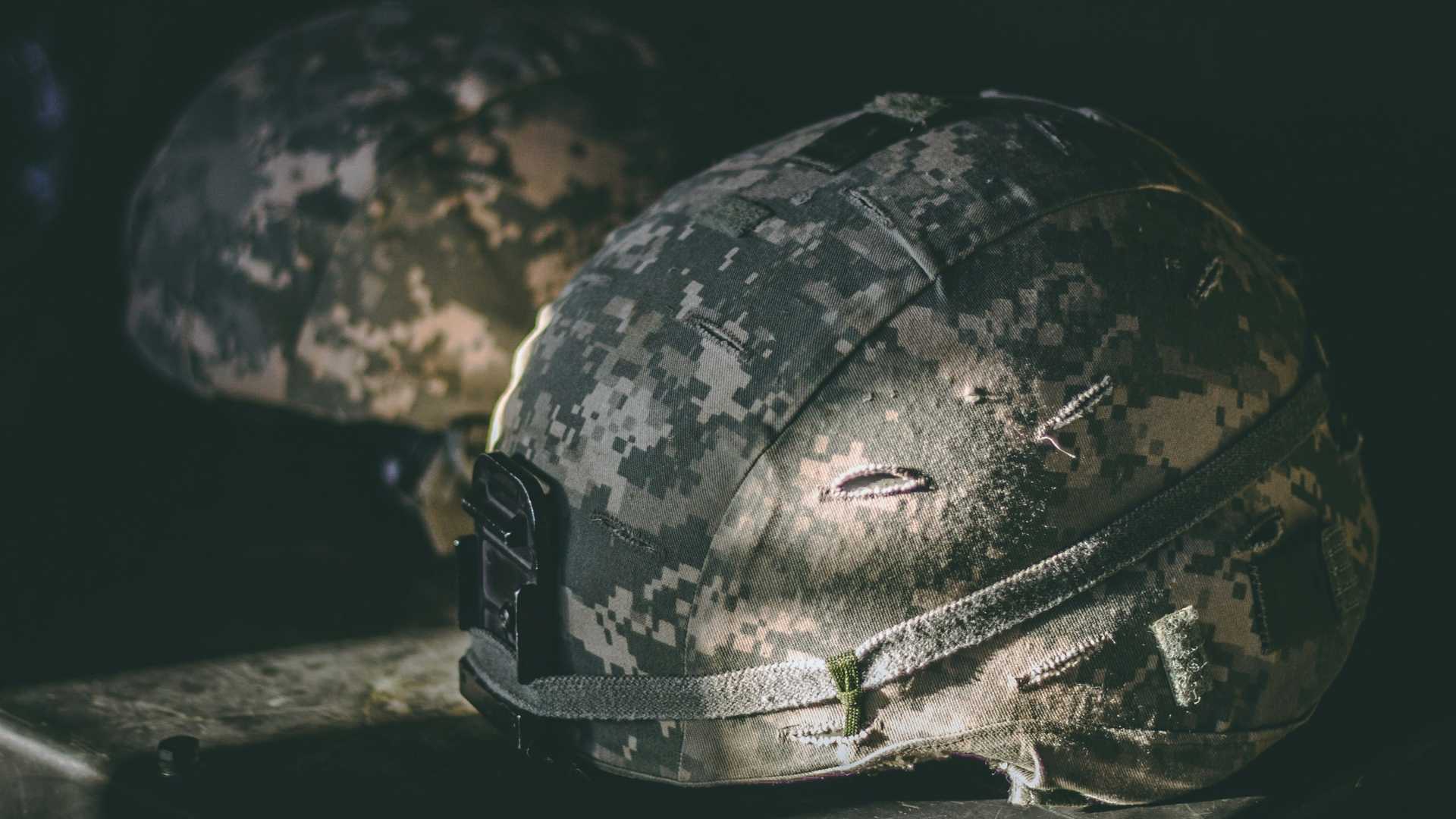
After years of tyranny, the people of Central America started to rise up in opposition to their dictators in the 70’s and 80’s.
However, America once again backed the right-wing military regimes that were intent on suppressing the rebels, according to The Nation. Refugees began fleeing north from these war-torn countries, with the children of these refugees being recruited into the gangs that have now destabilized the border.
Climate Change Escalated the Problem
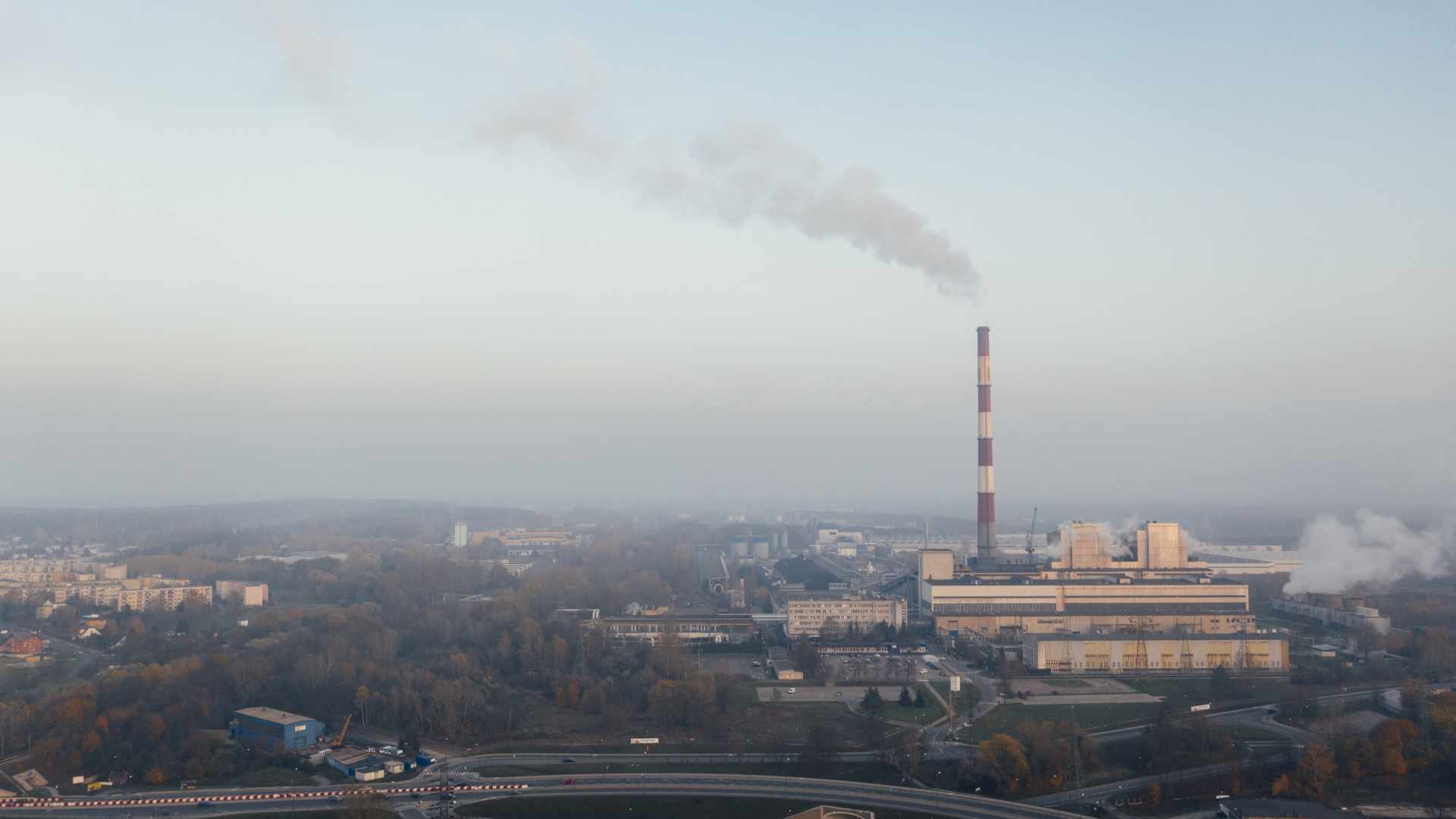
The effects of global warming have been devastating to the region, and according to the New York Times, the United States has been one of the top contributors.
As average temperatures continued to rise in Central America, so too did the frequency and duration of droughts. Storms began to intensify, causing excessive flooding and extreme rains. This made farming in the region difficult, depressing the ability of people in the region to sustain themselves.
The Psychology of Migration
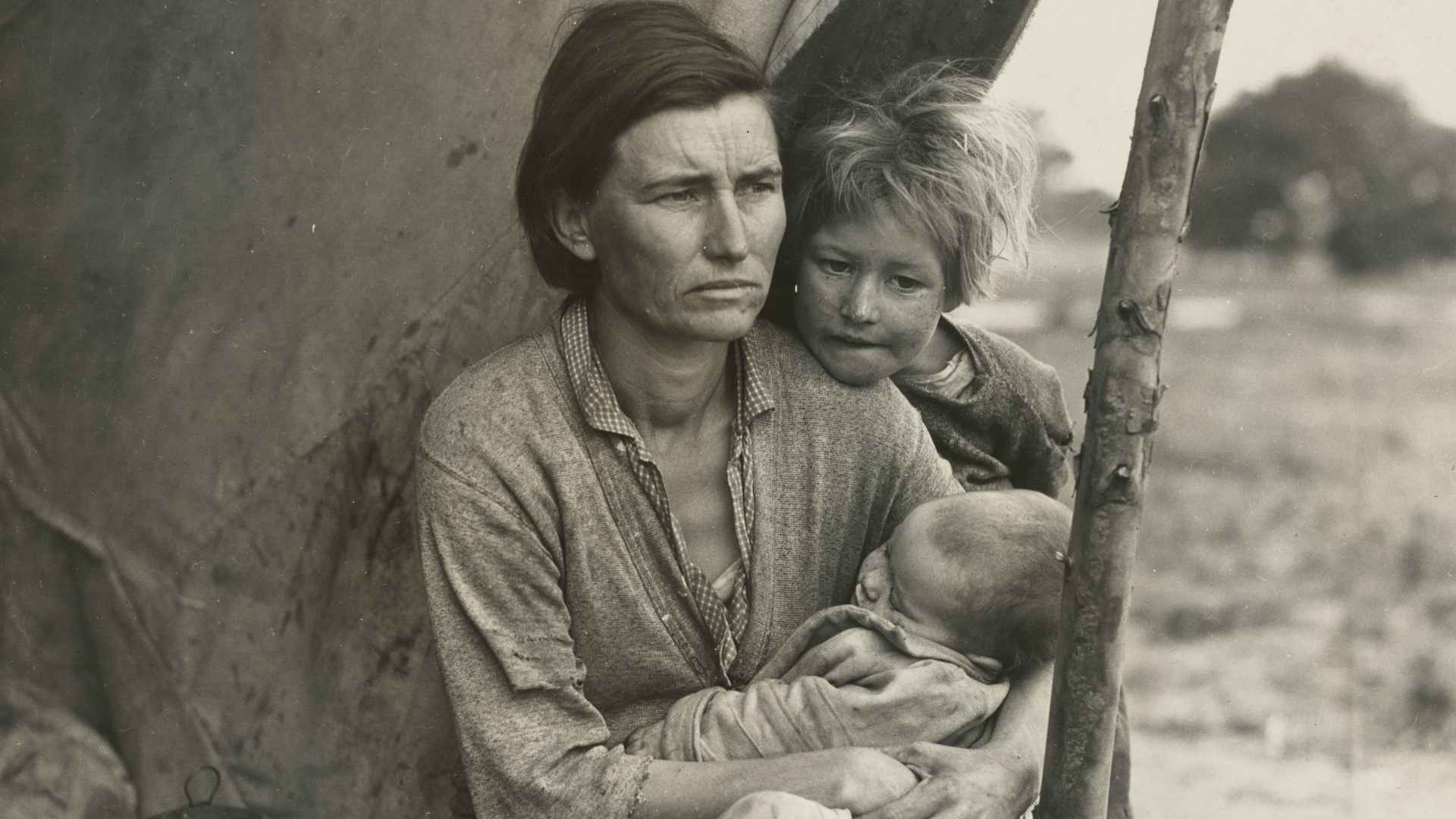
According to The Nation, migration scholars assert that a combination of “push” and “pull” forces on migrants are the mechanics behind the current migration crisis.
As more migrants are pushed by wars and the economy to seek asylum in the United States, those successful migrants pull in other people to follow them. Often these migrants will attract family members, friends, and other people of like-mind and culture to band together in the hopes of a better life.
Going Back Isn’t an Option for Many

The push-pull dynamic is a strong motivator for migrants, who cannot return to their countries even if they want to.
According to the World Bank, countries in Central America have some of the highest rates of violent crime. In 2016, El Salvador had the highest murder rate in the world, with Honduras coming in second place. Many of the countries in Central America made the top 20 for highest murder rates among countries.
Things Changed in 2020
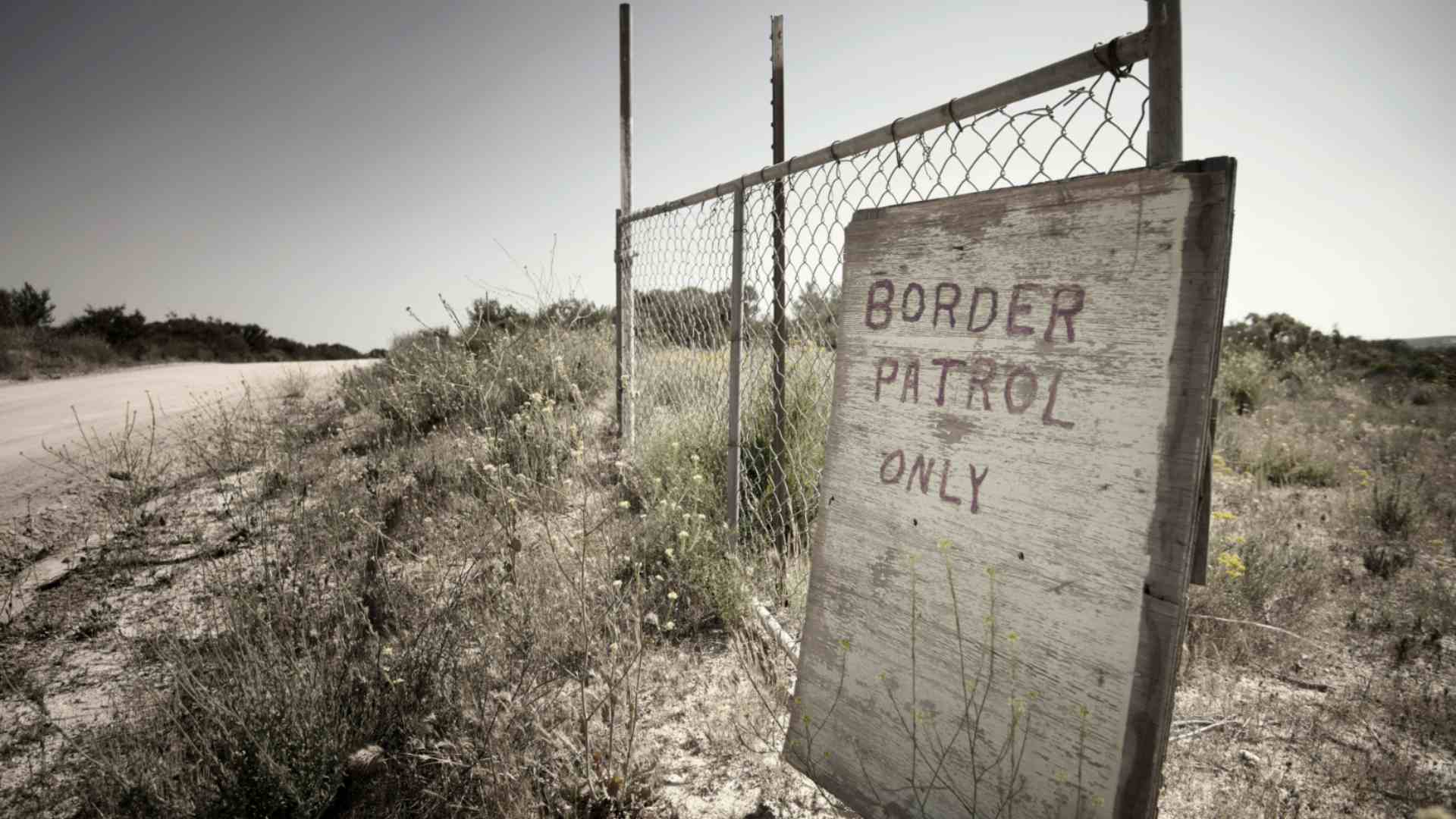
While the exodus of migrants from Central America has been occurring for decades, things started to heat up back in 2020.
According to US Customs and Border Protection Statistics, by the end of 2021, there were 1.73 million migrant encounters that year. This was a record number at the time. The number of migrant encounters has continued to skyrocket since this spike with no end in sight.
The Biden Administration’s Efforts
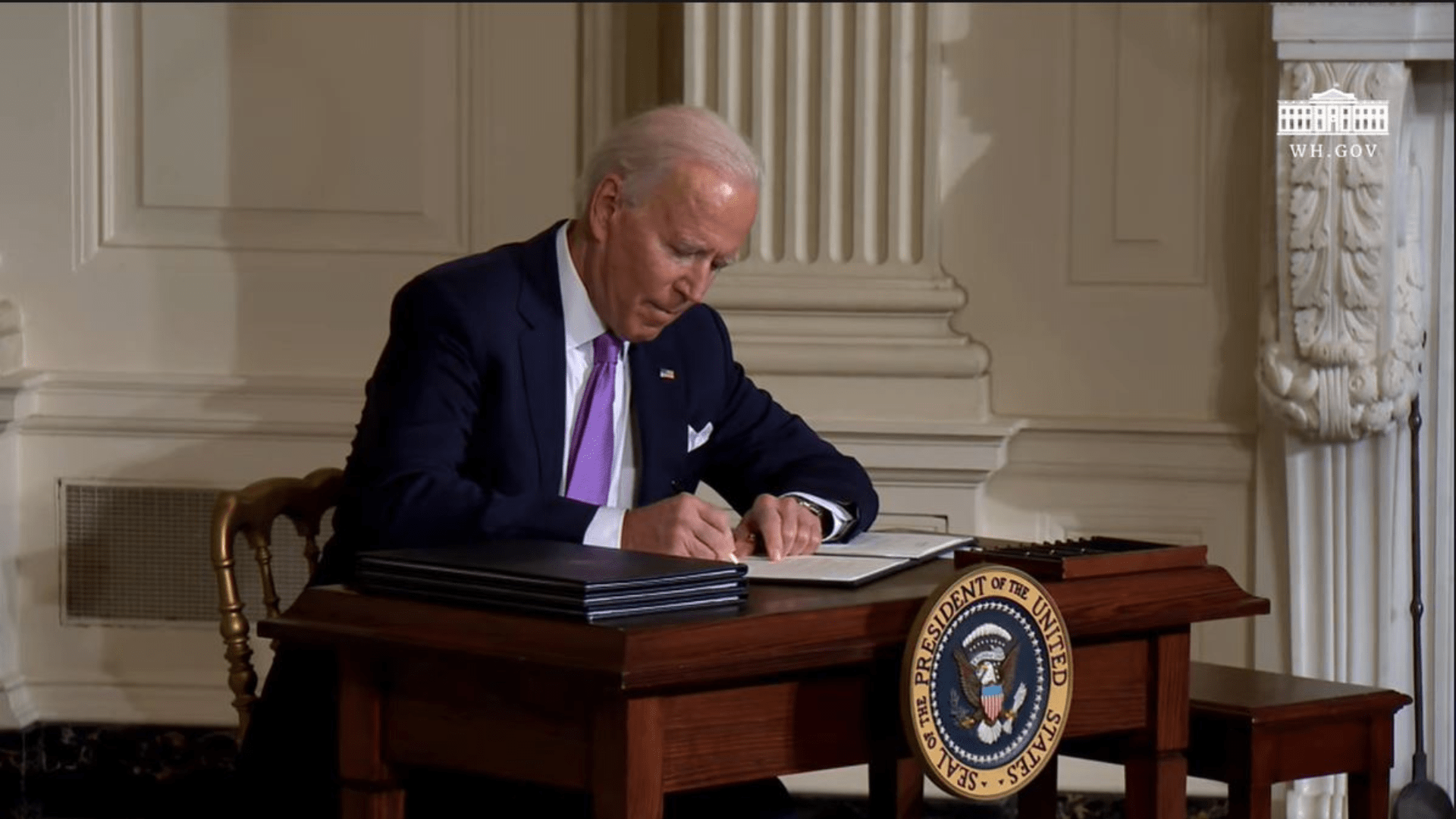
President Joe Biden was elected in 2020 on the promise that he would work hard to undo the previous administration’s policies, which his supporters viewed as inhumane.
However, as Biden got to work trying to change policies, the migrant crisis continued to spiral out of control. According to Human Rights Watch, President Biden was forced to rely on the same Trump-era policies he hoped to end to combat the problem.
Migrants From the Northern Triangle

According to the Council on Foreign Relations, 2022 saw more than two million migrants arrive at the southern border of the United States.
Over 541,000 of these migrants were from a trio of countries called the Northern Triangle. These countries are El Salvador, Honduras, and Guatemala. Criminal violence once again spiked in these countries and government crack-downs created an unprecedented new wave of refugees.
A Bill to Solve the Migrant Problem
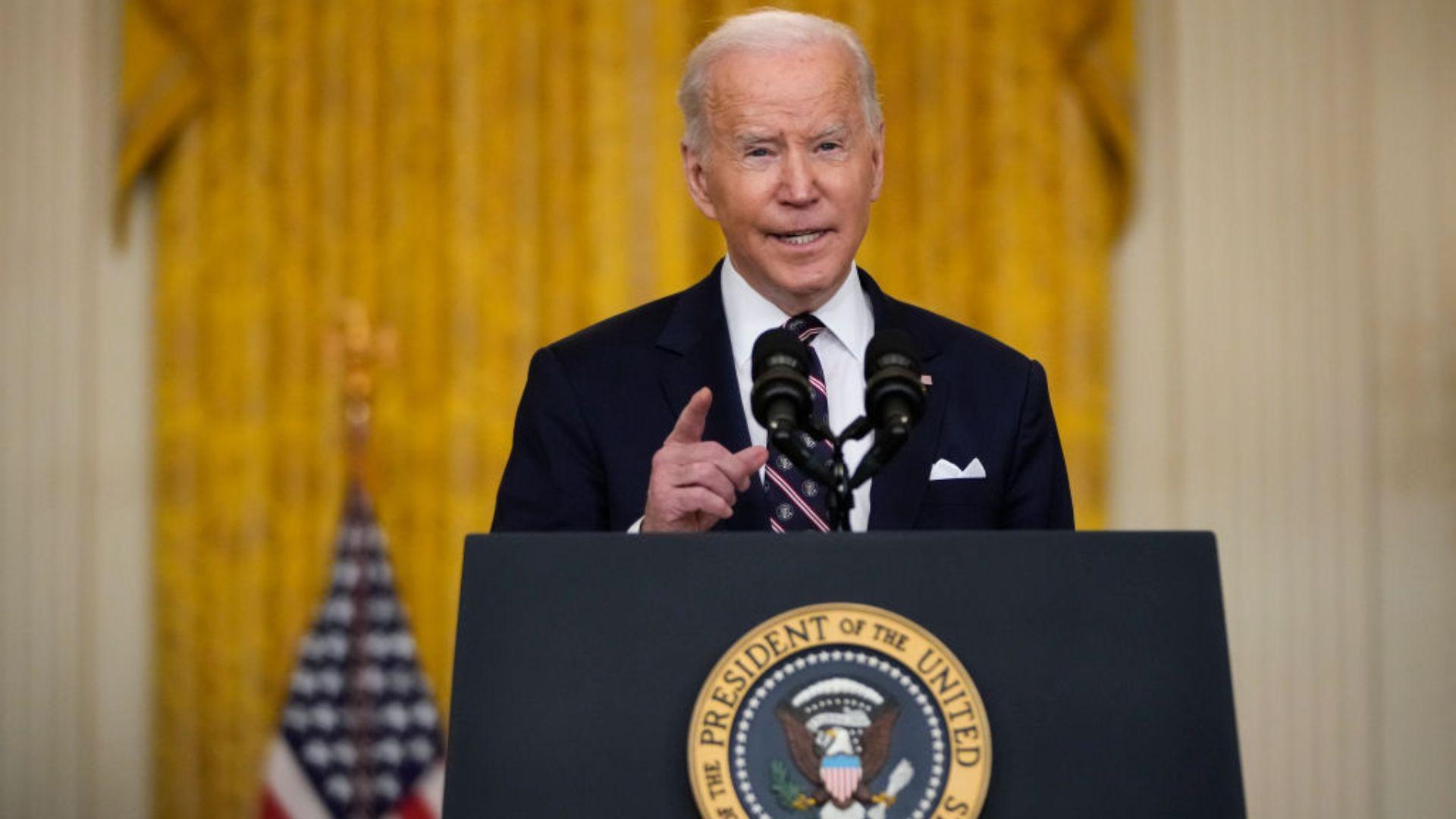
In response to this most recent surge in border crossings, Biden said recently in January that he would shut down the US-Mexico border if a bill makes it through Congress. (via AP News)
Although many politicians put their best efforts into a resolution it was ultimately defeated in February, according to Business Insider.
Children Complicate the Issue

One issue that makes solutions at the border more complicated is the presence of child refugees.
These children sometimes come with families but are also sent alone. Children cannot be easily deported, which leads to a policy where they are held in federal custody to wait for contact from family relatives. This is a public relations nightmare for the administration in charge as the number of crossings continues to rise.
Topeka Kansas Stands a Beacon Against Poltical Division
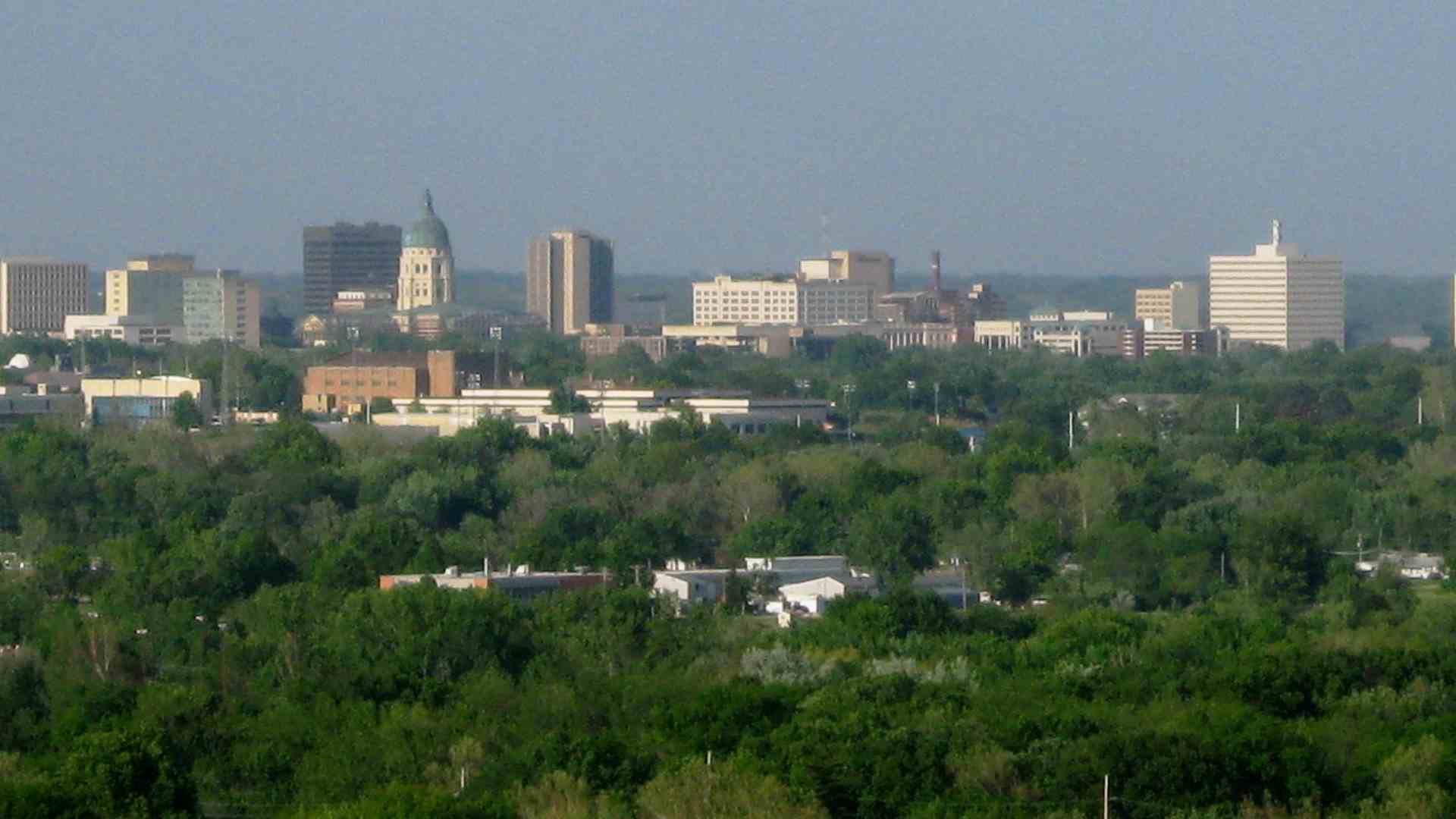
A recent report by Axios details the intense political divisions that the border crisis issue is bringing to the Biden administration. Biden reportedly lashed out at immigration officials, demanding “obscure data points obscure immigration data points — and vented when his staff didn’t have them handy.”
The willingness of Topeka to take in migrants might be a hint for one possible solution to this crisis. Perhaps the crisis will not ultimately be solved by the federal government but by the compassion of concerned citizens of the United States.
